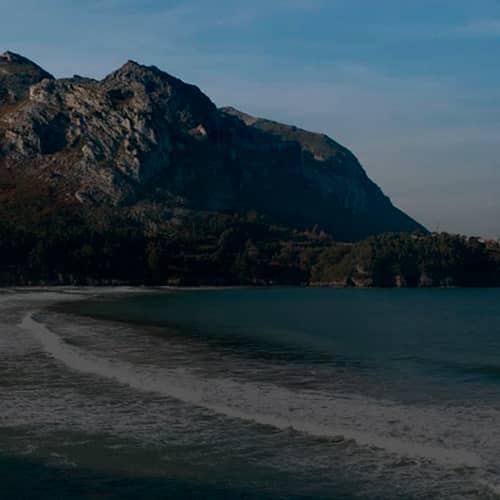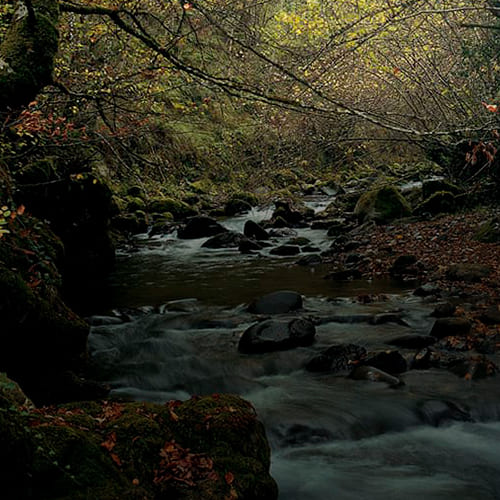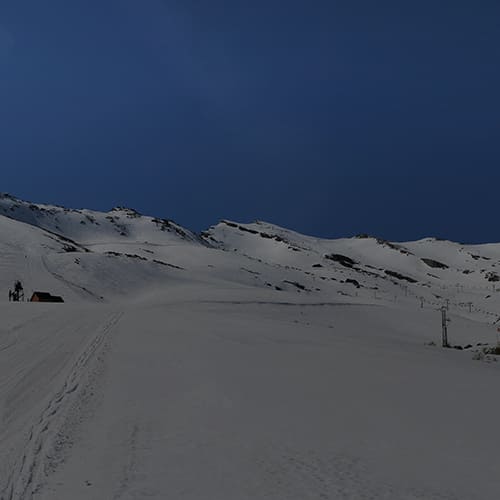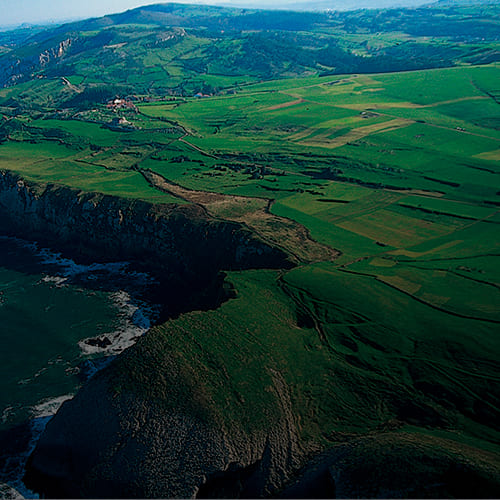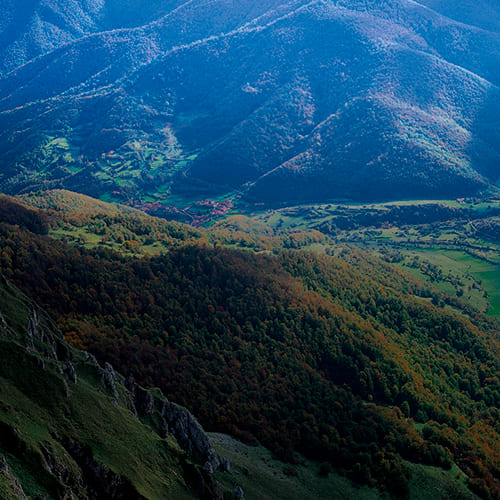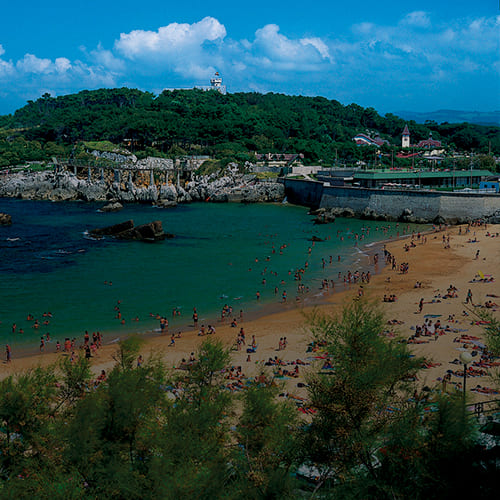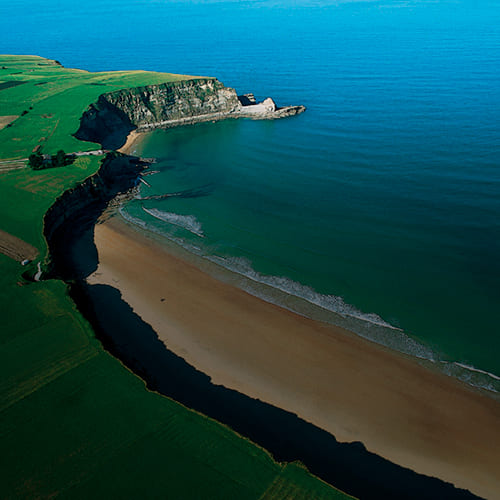Saja-Nansa

A personality of its own
The district of Saja-Nansa is distinguished by its high ecological value. Situated between the coast and the mountain ranges of Escudo de Cabuérniga, Bárcena Mayor, Cordel and Peña Sagra, it includes the protected areas of Oyambre Natural Park and Saja Nature Reserve. Guaranteed peace and quiet, and an exuberant nature, prevail. The landscape is dominated by sinuous folds and steep reliefs. It comprises the valleys of Nansa and Cabuérniga and is a part of Cantabria with a personality of its own. One of the best protected sites of this district is the cave of El Soplao, a unique cavity that is considered to be one of the greatest geological wonders.
From the mountains to the coast
From the mountains to the coast
The stretch of coastline that goes from Unquera to San Vicente de la Barquera is characterized by the intense interrelation between fishing and cattle-raising environments. Through the estuaries of Tinamayor, Tinamenor and San Vicente, the sea goes into the land, enriching the landscape and the customs. It is the best preserved zone of the coast of Cantabria, with an important protected natural area, the Park of Oyambre. Some strongly rooted traditions, both to the land and to the sea, have also been preserved, like the sport of oxen pulling and the sea procession of La Folía. It is a paradise for ecotourism, rural and active tourism, and it has an important historical and artistic heritage.
Naturally diverse
Naturally diverse
There are large expanses of oak, beech, and birch tree woods that provide, during the spring, summer and especially autumn months, fantastic colours. As for wildlife, there are plenty of deer, roe deer, wild boar and foxes, and in the most remote and solitary areas, wolves are common and bears are occasionally present. We can also find grouses and birds of prey, such as vultures and golden eagles, although kestrels and kites are more frequently seen.
Autumn is the season when we can attend the “berrea”, the bellowing of deer, in which we can listen to the mating call of stags; and the “pasá”, when herds of Tudanca cattle—a native species—meet on their way back to the high pastures.
The grasslands, where dairy cattle graze, reach to the beaches themselves. There are here some of the most solitary and beautiful, as well as longest, beaches of the entire Cantabrian coastline, like Merón, Gerra or Oyambre. Not even during the months of July and August do these beaches become overcrowded, but if we are lucky to be there on the first days of the beach season, in May or June, we can enjoy them almost on our own. The Natural Park of Oyambre contains diverse ecosystems, including the dunes of Oyambre beach, the forest reserve of Monte Corona and the estuary of La Rabia, a waterfowl refuge.
Charming villages
Charming villages
There are four villages in this area: Tudanca, Carmona, Puebla Vieja de San Vicente de la Barquera and Bárcena Mayor, that have been listed as historic-artistic ensembles, and where every characteristic of traditional architecture has been preserved.
The fishing town of San Vicente de la Barquera is a strategic location that has been populated from time immemorial. It has some vestiges of the High Middle Ages, with a town wall, a fort and a church placed in an easily defensible elevated spot. It is a stretch of the Way of the Coast to Santiago de Compostela.
Discover the heritage in the town and villages of the Saja community through self-guided visits.








